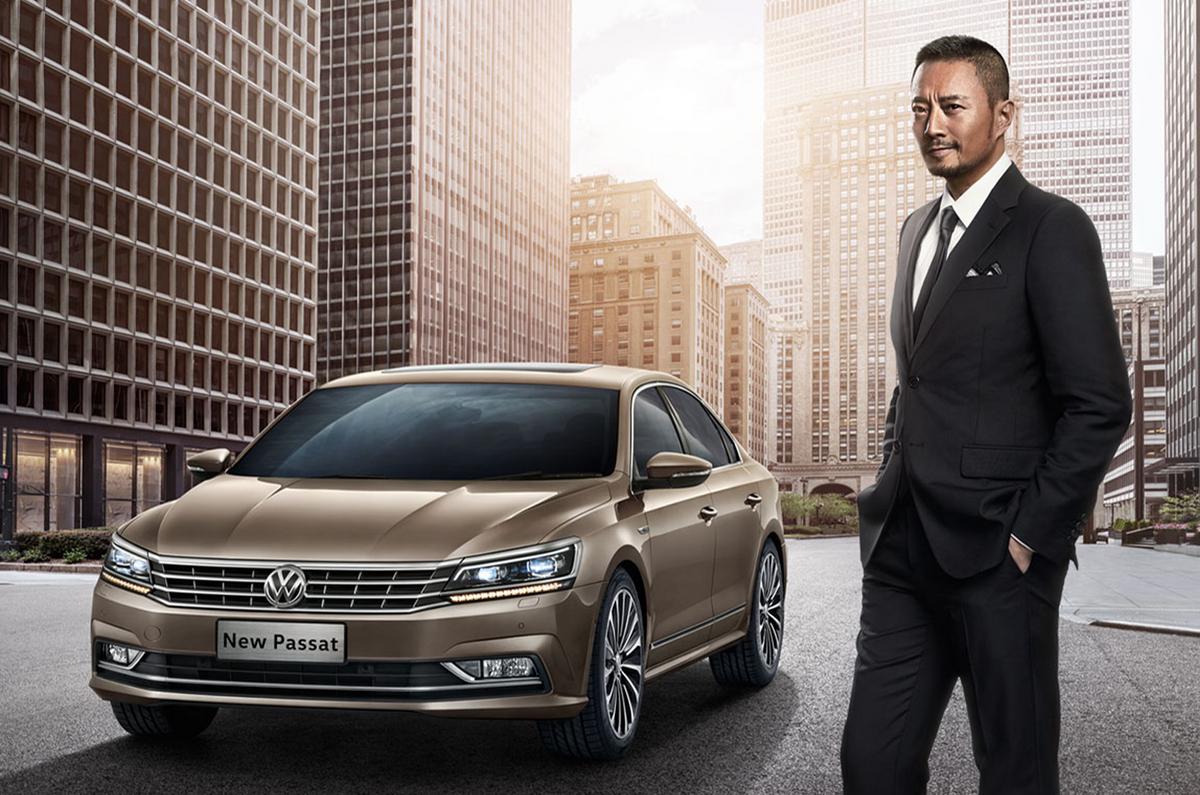Volkswagen is the best-selling car brand in China.
It has experienced growth year on year for a decade now, hitting three million annual sales for the first time in 2016 and currently enjoying a market share of around 14%.
Its best-selling models are saloons and, as with the popularity of SUVs in Europe, this has led to a huge range of them.
“One of the factors is that in China, much more often than in the West, car owners make use of a driver,” explains Ralf Dennissen, head of communications at Volkswagen China.
“There are more than 160 cities with more than one million inhabitants. Traffic is often dense and commuting takes longer, so hiring a driver makes sense. The owner sits in the rear, so a business-like bodystyle with a separate boot is best.
“Also, cars in China aren't often used for long-distance private travel such as holidays. High-speed train and aeroplane are more suited to that.
“Demand for saloons will remain, but SUVs are becoming popular very rapidly. Our current SUV line-up already consists of the Volkswagen Tiguan, Teramont (sold in the US as the Atlas) and Volkswagen Touareg, and we will further grow this range to 10 models in the next 24-36 months to meet the new demand.”
Unusually, Volkswagen China is actually two separate companies, both with very similar annual sales, but which act like one brand. Some Volkswagen cars are also imported from Europe.

The first is SAIC (Shanghai Automotive Industry Corporation) VW, which was formed in 1985. It’s 10% owned by Volkswagen and 50% owned by SAIC, which also owns MG. The partnership is a fixed-term agreement, set to run until 2030, and also produces Skoda models for China.


















Join the debate
Add your comment
VW even got Autocar confused?
The picture for the ‘New Jetta (2013)’ is the facelifted version of the latest Jetta Night.
The ‘New Bora (2013)’ is a revamped version of the previous China model which was based on the Mk 4 Golf-based Bora/Jetta, not the 2015 Jetta which was based on the Mk 5/6 Golf/Mk5 Jetta PQ35 platform. The New Bora therefore also shares its PQ34 platform with the Lavida and Lavida Classic.
The ‘New Passat (2015)’ is not the same as the current Mk 8 Passat. It’s the same car as the North American market Passat launched in 2011 and which shares its platform with the previous B6/B7 Passat.
The picture of the ‘New Magotan (2010)’ is actually a picture of the latest Magotan, and therefore the same as the current B8 Passat launched in 2014.
Of course, I might have got confused too!
Now I think I understand....
The Jetta pictures are of the